Effective Home Workouts for Busy Schedules
Imagine squeezing in a fantastic workout between your morning coffee and your first Zoom call. Sounds impossible? Think again! With these home workout tips, you’ll be crushing your fitness goals without ever leaving your living room. Whether you’re a busy parent, a workaholic, or just someone who values their time, these exercises are designed to fit seamlessly into your hectic life.

Jumping Jacks: The Classic Cardio Kick-starter
Start your workout with a burst of energy using jumping jacks. This simple exercise gets your heart pumping and warms up your whole body. Begin with your feet together and arms at your sides. Then, jump while spreading your legs and raising your arms above your head. Jump back to the starting position and repeat.
For an extra challenge, try different variations like cross-jacks or star jumps. Aim for 3 sets of 30 seconds each, with short breaks in between. This quick cardio session will wake up your body and prepare you for the rest of your workout.

Pushups: Upper Body Strength Made Simple
Pushups are a fantastic way to build upper body strength without any equipment. Start in a plank position with your hands slightly wider than shoulder-width apart. Lower your body until your chest nearly touches the floor, then push back up. Keep your core tight and your body in a straight line throughout the movement.
If traditional pushups are too challenging, try doing them on your knees or against a wall. As you get stronger, you can progress to more difficult variations like diamond pushups or clapping pushups. Aim for 3 sets of 10-15 repetitions, depending on your fitness level.

Squats: Lower Body Power
Squats are a powerhouse exercise for your lower body, working your quads, hamstrings, and glutes. Stand with your feet shoulder-width apart, then lower your body as if you’re sitting back into a chair. Keep your chest up, and make sure your knees don’t extend past your toes. Push through your heels to stand back up.
To make squats more challenging, try holding weights or doing jump squats. For an easier version, you can use a chair for support. Aim for 3 sets of 15-20 squats. Remember to focus on your form rather than speed to get the most benefit and avoid injury.

Plank: Core Strength in Stillness
The plank is a simple yet effective exercise for building core strength and stability. Start in a pushup position, but rest on your forearms instead of your hands. Keep your body in a straight line from head to heels, engaging your core muscles. Hold this position for as long as you can maintain good form.
As you get stronger, try variations like side planks or plank jacks. Start with 3 sets of 30-second holds, and gradually increase the time as you build endurance. Remember, it’s better to hold a perfect plank for a shorter time than to compromise your form for a longer hold.
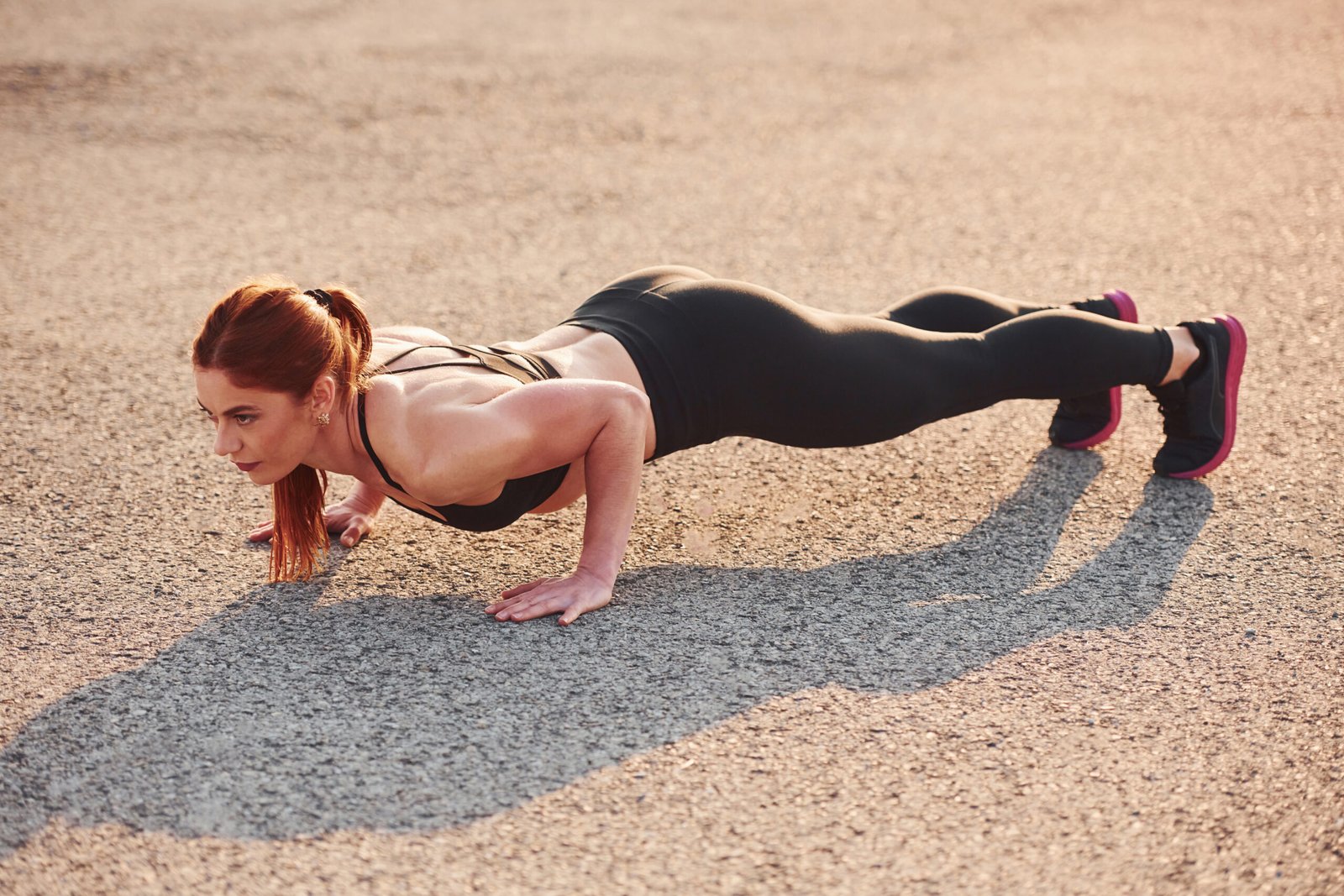
Burpees: Full-Body Burn
Burpees are a high-intensity, full-body exercise that combines strength and cardio. Start standing, then drop into a squat and place your hands on the floor. Kick your feet back into a plank position, do a pushup, then jump your feet back to your hands. Finally, jump up with your arms raised. That’s one rep!
If full burpees are too intense, you can modify by stepping back instead of jumping, or by removing the pushup. Start with 3 sets of 10 burpees, with rest between sets. This exercise will get your heart racing and work muscles throughout your body.

Mountain Climbers: Cardio and Core Combo
Mountain climbers are a dynamic exercise that targets your core while providing a cardio workout. Start in a plank position, then bring one knee towards your chest. Quickly switch legs, as if you’re running in place. Keep your hips low and your core engaged throughout the movement.
To increase the intensity, try speeding up the movement or adding a twist by bringing your knee towards the opposite elbow. Aim for 3 sets of 30 seconds each. This exercise is great for improving your endurance and toning your abs.

Lunges: Leg Strength and Balance
Lunges are excellent for building leg strength and improving balance. Start standing with feet hip-width apart. Step forward with one leg and lower your body until both knees are bent at 90-degree angles. Make sure your front knee doesn’t extend past your toes. Push back up to the starting position and repeat with the other leg.
For variety, try reverse lunges (stepping backward) or walking lunges. You can also add weights for an extra challenge. Aim for 3 sets of 10-12 lunges per leg. Focus on maintaining good form and balance throughout the movement.

Tricep Dips: Arm Toning at Home
Tricep dips are a great way to tone the backs of your arms using just a chair or the edge of your bed. Sit on the edge of your chair with your hands gripping the edge on either side of your hips. Slide your butt off the chair, supporting your weight with your arms. Lower your body by bending your elbows, then push back up.
To make this exercise easier, keep your knees bent and feet flat on the floor. For a challenge, extend your legs straight out in front of you. Aim for 3 sets of 12-15 repetitions. Remember to keep your shoulders down and away from your ears to avoid strain.

High Knees: Cardio in Place
High knees are a great way to get your heart rate up without needing much space. Stand in place and run by lifting your knees high towards your chest, alternating legs quickly. Swing your arms as you would while running to increase the intensity.
To modify, you can slow down the pace or march in place instead of running. Try doing high knees for 3 sets of 30 seconds each. This exercise is perfect for a quick cardio burst between strength exercises or as a standalone workout when you’re short on time.

Yoga Sun Salutation: Full-Body Stretch and Strength
The sun salutation is a series of yoga poses that provide a full-body workout while improving flexibility. Start standing, then flow through positions like forward fold, plank, cobra, and downward-facing dog. Move with your breath, inhaling and exhaling with each movement.
As you become more familiar with the sequence, you can speed up the movements for a more intense workout. Aim for 3-5 rounds of the sun salutation sequence. This exercise is great for improving flexibility, building strength, and calming your mind. CopyRetryDBadd a conclusion without using the word conclusion. make conclusion 200 words EditWrapping Up Your Fitness Journey
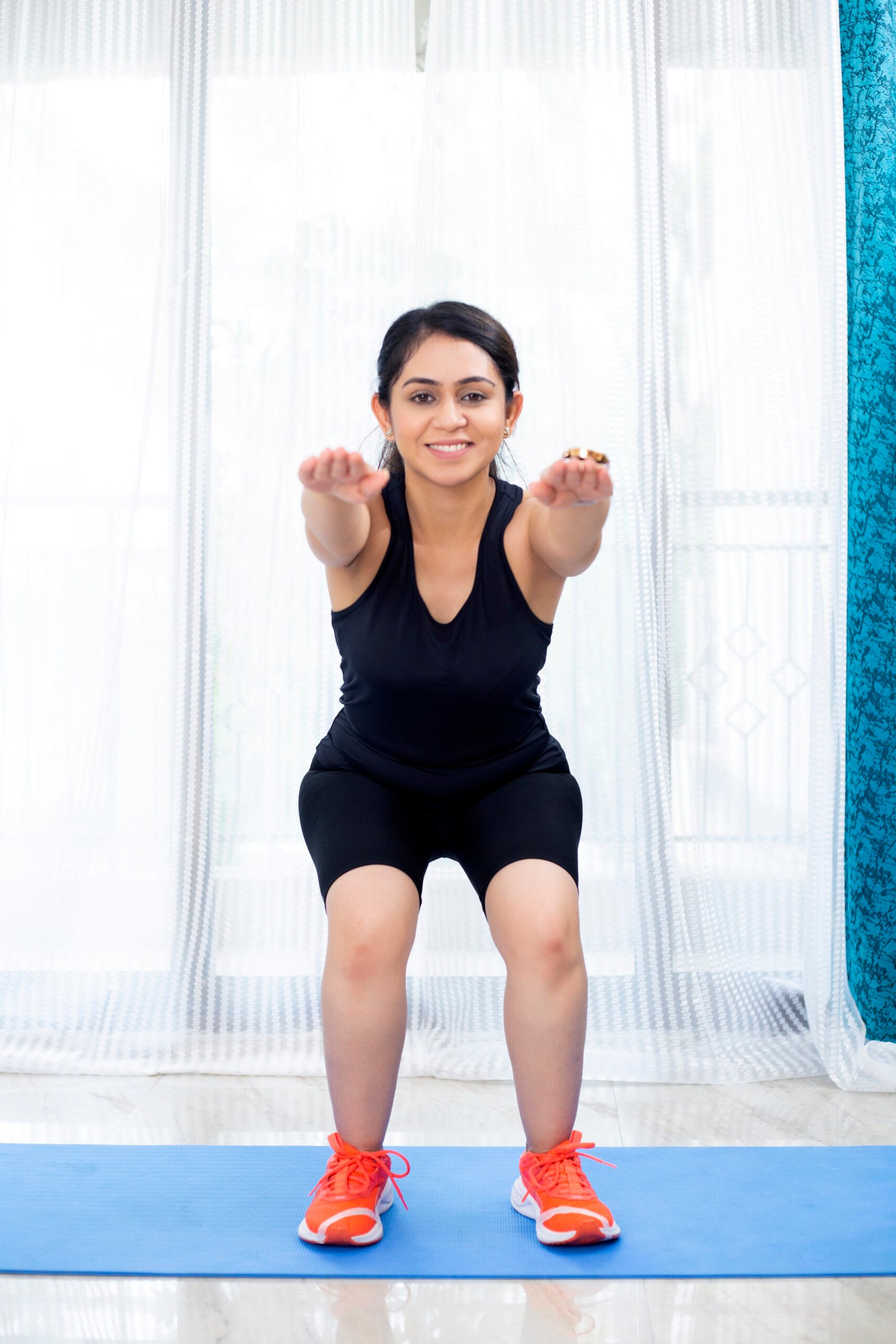
Now that you’re armed with these effective home workouts, you’re ready to tackle your fitness goals no matter how packed your schedule might be. Remember, consistency is key. Even if you can only squeeze in 15 minutes a day, that’s still 15 minutes more than you were doing before. Start small and gradually increase your workout time and intensity as you build strength and endurance.
Don’t forget to listen to your body and take rest days when needed. Proper nutrition and hydration are also crucial for supporting your new fitness routine. As you incorporate these exercises into your daily life, you’ll likely notice improvements not just in your physical fitness, but also in your energy levels, mood, and overall well-being.
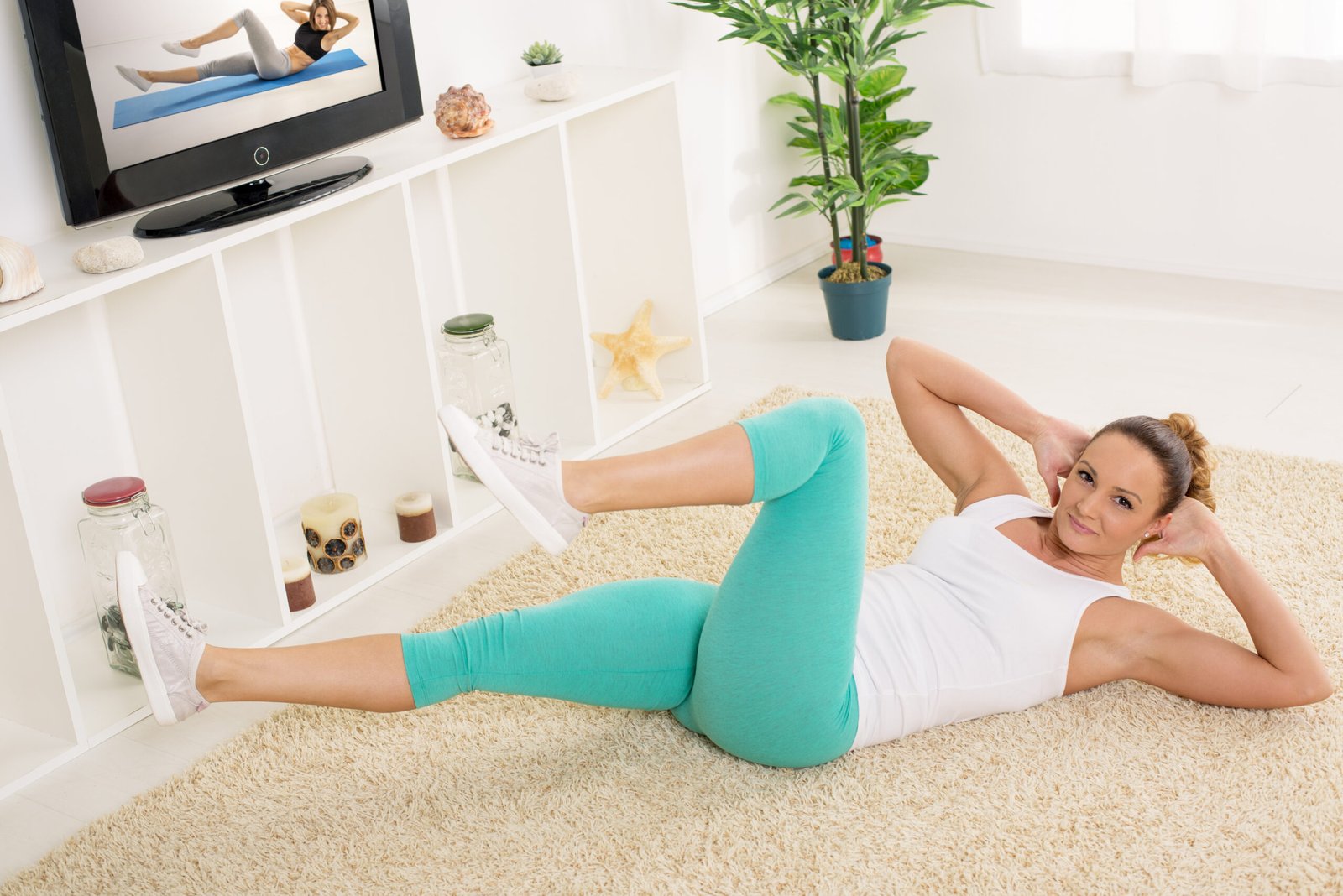
Feel free to mix and match these exercises to create your own personalized workout routine. The beauty of home workouts is their flexibility – you can adapt them to fit your specific needs and preferences. Whether you’re aiming to lose weight, build muscle, or simply maintain a healthy lifestyle, these exercises provide a solid foundation for achieving your goals.
So, what are you waiting for? Your living room is your new gym, and your busy schedule is no longer an excuse. Get moving, stay consistent, and watch as you transform your body and mind, one home workout at a time.



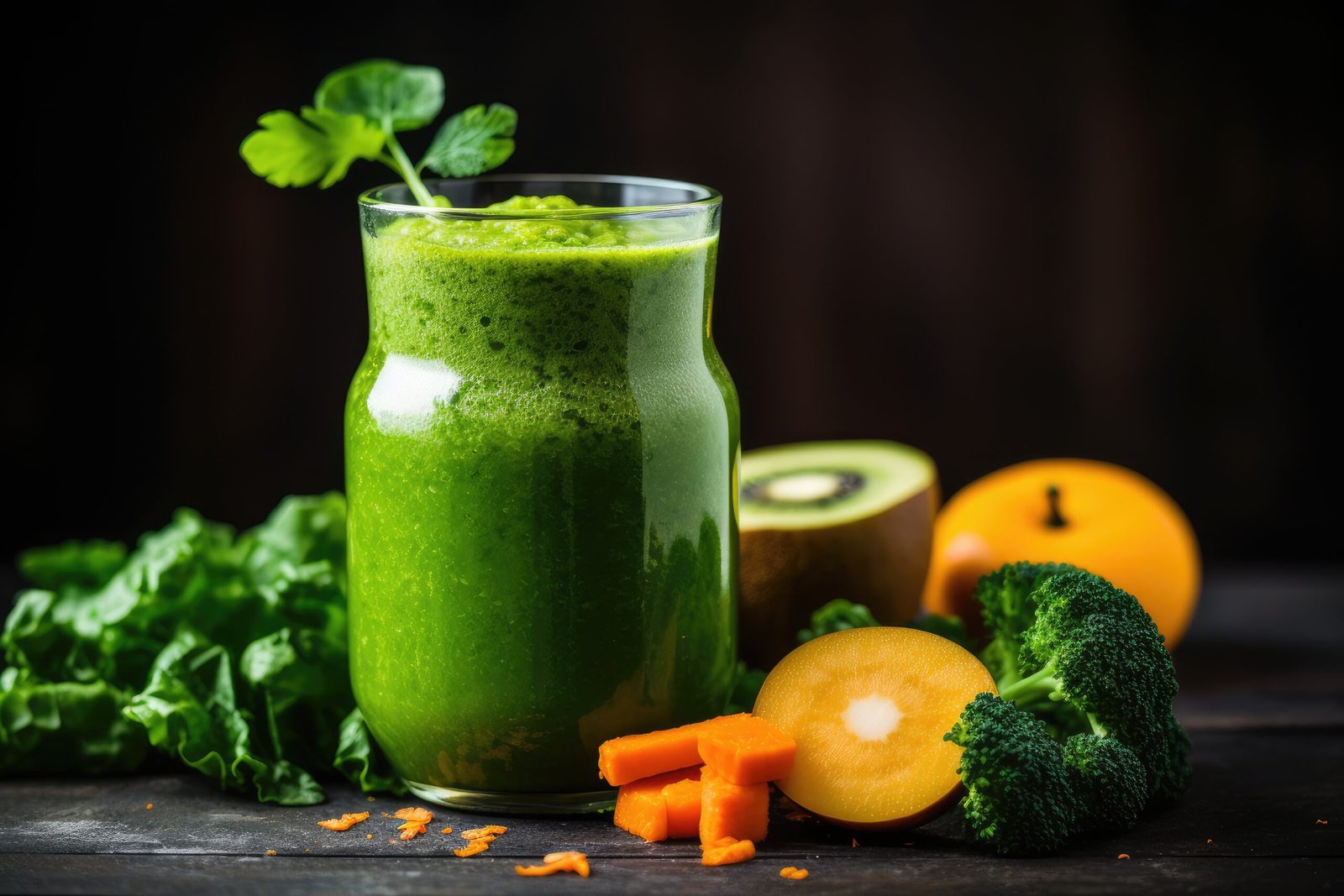


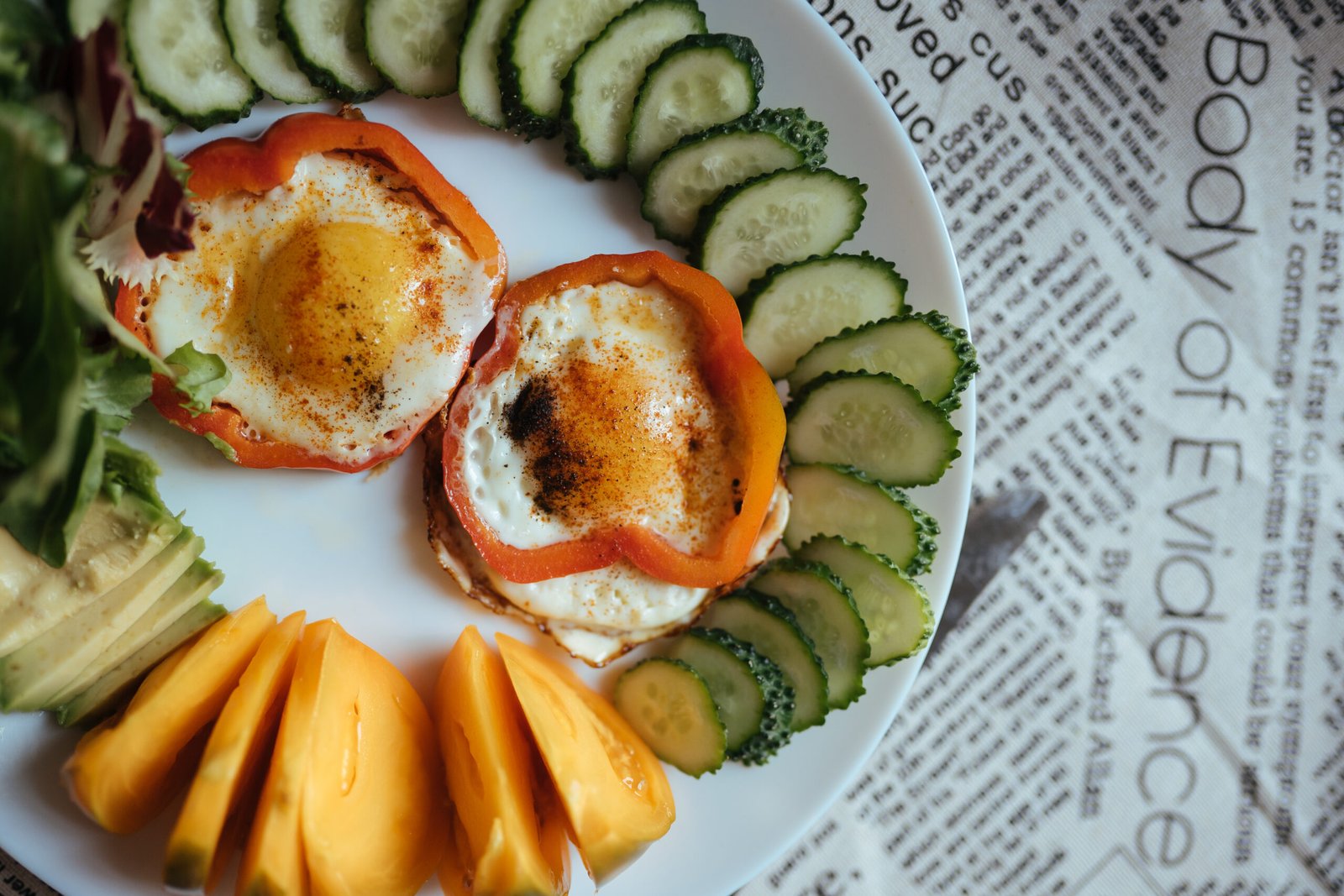












0 Comments